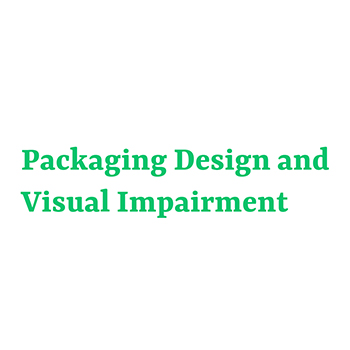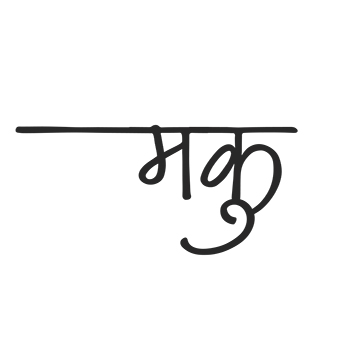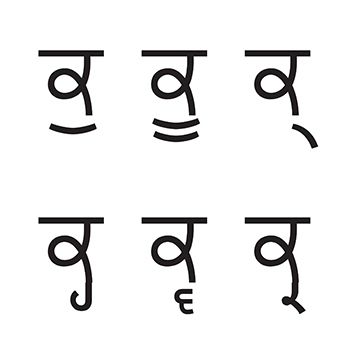Sachit Shyam is a graphic and type designer with specialties in strategy and branding, identity systems, art direction, and type design, with a focus on communication design. He received his M.Des in visual communication design from IDC (IIT Bombay) in 2017. Prior to that, he received his Bachelor of Design in Communication Design and Graphic Design from Symbiosis International University. Currently, he has been working as a senior designer at LOCAL (wedesignlocal.com) since 2022. His previous work experiences are: Visual Designer Intern at Scribbles (2013); Type Design Intern at Mota Italic (2016); Lead Designer at Samsung India (2017–2019); Visiting Faculty at the National Institute of Design Haryana (2021); Design Consultant at Glyphic (2021–2022); and Communication Designer at Sachit Shyam (2015).




